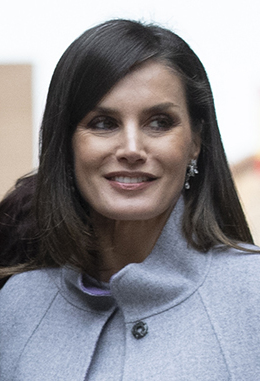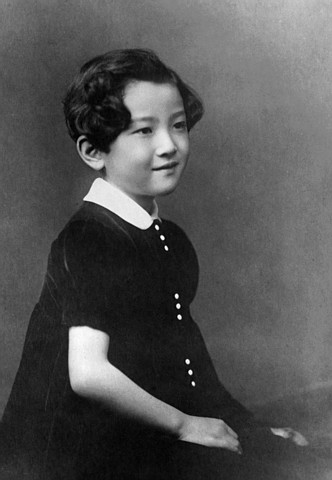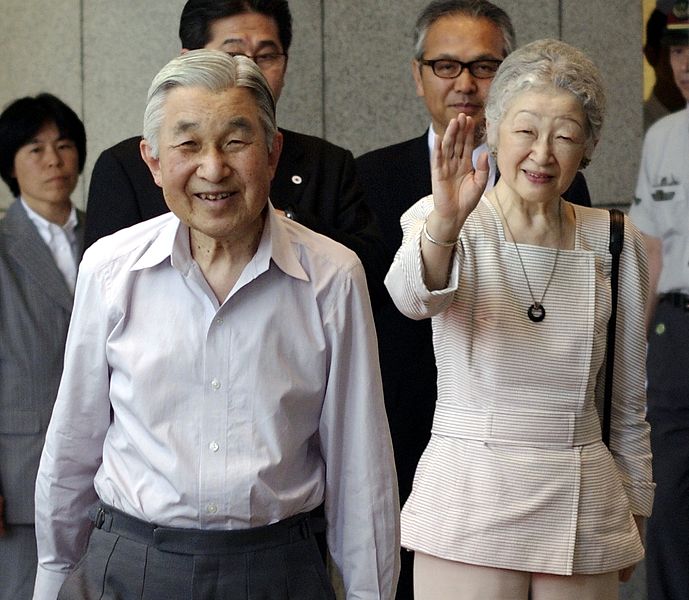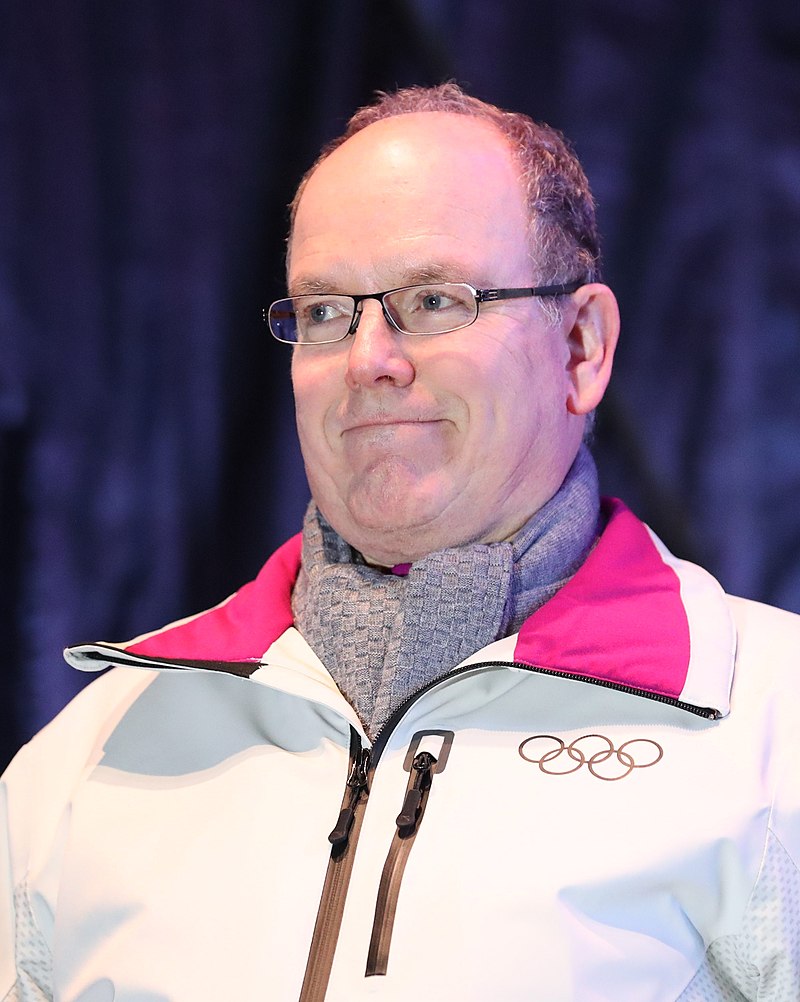by Susan Flantzer © Unofficial Royalty 2014

Photo: Prince’s Palace of Monaco
Charlene Lynette Wittstock was born on January 25, 1978, in Bulawayo, Rhodesia, the former name of the country of Zimbabwe. She is the daughter of Michael Wittstock (born 1946), a computer-business operator, and Lynette Humberstone Wittstock (born 1959), a former competitive diver and swimming coach. Charlene has two brothers, Gareth (born 1979) and Sean (born 1983). The family moved to South Africa when Charlene was ten years old and she attended the Tom Newby School in Benoni, South Africa.
Charlene competed for the South African national swimming team. In the 2000 Summer Olympics in Sydney, she competed in the 4 X 100-meter medley and the team came in fifth place. She planned to compete in the 2008 Summer Olympics in Beijing, but could not due to a shoulder injury.

Charlene Wittstock swims for South Africa at the 2000 Sydney Olympics; Photo source: Sydney Morning Herald
In June 2000 at the Marenostrum International Swimming Meet in Monaco, Charlene first met Prince Albert II of Monaco who presided over the meet. For the next five years, the couple periodically dated privately. At the Opening Ceremonies for the 2006 Winter Olympics in Turin, Italy, their relationship went public. Since then the couple was seen together at a number of events including the Monaco Grand Prix, the Rose Ball held annually in Monaco, the Princess Grace Foundation Awards Gala, and most notably at the wedding of Crown Princess Victoria of Sweden and Daniel Westling in Stockholm on June 19, 2010. On June 23, 2010, four days after the wedding of Crown Princess Victoria, Prince Albert II of Monaco and Charlene Wittstock became engaged. The civil ceremony was held on July 1, 2011, in the Throne Room of the Prince’s Palace. The religious ceremony took place on July 2, 2011, in the courtyard of the Palace.
Prince Albert and Princess Charlene have two children, boy and girl twins. Even though their daughter was born first, their son is the heir apparent because Monaco’s succession is male-preference cognatic primogeniture.
- Princess Gabriella of Monaco, Countess of Carladès (Gabriella Thérèse Marie), born December 10, 2014, at The Princess Grace Hospital Centre in Monaco
- Jacques, Hereditary Prince of Monaco, Marquis of Baux (Jacques Honoré Rainier), born December 10, 2014, at The Princess Grace Hospital Centre in Monaco
Princess Charlene is involved in the following organizations:
- Princess Charlene of Monaco Foundation has the goal to transmit the sporting values that former Olympians Princess Charlene and Prince Albert II of Monaco both have to the next generation of young athletes.
- Ladies Lunch Monte-Carlo raises funds for Monegasque charity associations benefiting children and adolescents; Princess Charlene is the Honorary President
- Nelson Mandela Foundation originally provided a base for Mandela’s charitable work and now continues his legacy.
- asfAR is a foundation for AIDS research.
- Special Olympics provides year-round sports training and athletic competition in a variety of Olympic-type sports for children and adults with intellectual disabilities; Princess Charlene is a Global Ambassador of Special Olympics.
- The Giving Organisation is a group of South African charities that deals with issues ranging from AIDS among underprivileged children to the protection of the environment; Princess Charlene is Co-Patron with Archbishop Emeritus Desmond Tutu.
- Monaco Against Autism; Princess Charlene is the Honorary President
This article is the intellectual property of Unofficial Royalty and is NOT TO BE COPIED, EDITED, OR POSTED IN ANY FORM ON ANOTHER WEBSITE under any circumstances. It is permissible to use a link that directs to Unofficial Royalty.
Principality of Monaco Resources at Unofficial Royalty
- Principality of Monaco Index
- Line of Succession to the Throne of Monaco
- Monegasque FAQs
- Monegasque Orders and Honours
- Monegasque Royal Burial Sites
- Monegasque Royal Christenings
- Monegasque Royal Dates
- Monegasque Royal Residences
- Monegasque Royal Weddings
- Profiles of the Princely Family of Monaco
- Rulers of Monaco













































